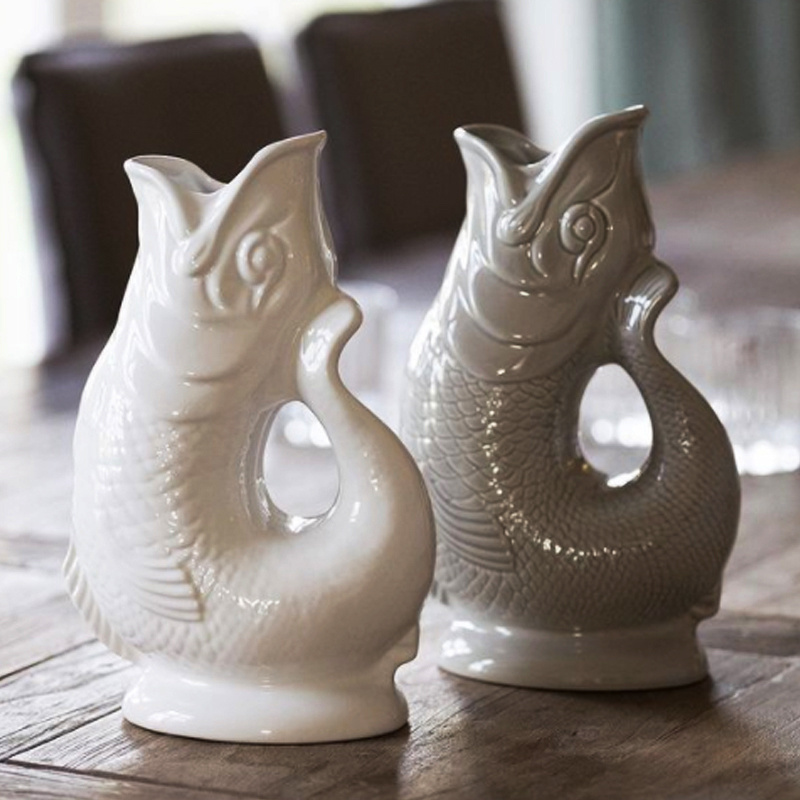Our 30 favorites, categorized by material.
We may earn revenue from the products available on this page and participate in affiliate programs. Face Planter

If you’re looking to spruce up your indoor jungle or outdoor oasis, a planter is key. The combination of leafy greens in glazed ceramic, textural cement, or patinated terracotta can immediately transform a space. That’s why, at Domino, we consider the best planters a work of art. After all, why bother primping your pothos or checking how wet the soil of your fickle fig-leaf is if you haven’t taken it out of its plain plastic nursery pot yet? If you’re ready to get repotting, check out our list of current editor favorites, organized by material (including weather-resistant metals), below.
We’d bet most of the planters you’ve used in the past have been made from some form of ceramic—clay, stoneware, earthenware. The trick to picking out a quality ceramic pot is checking for glaze. “If your ceramic planters are not fully glazed inside and out, they can crack over time,” shares Veronica Denne, cofounder of LBE Design. And while that often ups the price tag, it’s a worthy investment; this type of planter will last for years.
A type of clay, terracotta deserves its own callout. Aside from the timeless, earthy vibes it brings to a space (like most good things, it will patina beautifully), the naturally porous material allows water and air to seep through it; your plants will never feel clogged. Plus the real deal is suitable for both indoor and outdoor use.
Metal is usually reserved for outdoor situations. Like powder-coated patio furniture, this material is weather resistant and long-lasting.
If you’re looking for a more industrial vibe, turn to concrete (or a similar blend of cement, sand, and ficonstone). Superdurable and inherently insulating, it’ll keep your soil warm for longer compared to other options on this list. That’s a big benefit if you’re planting something that’s used to a warmer climate and you happen to live in, say, the Northeast. These tend to be on the weightier side, so bear in mind that moving them around might be tricky.
Yes, there are a few plastic pots out there worth buying. Most plants you’ll pick up from your local store, farmers’ market, or grocery are sold in plastic nursery pots, but there are some variations of the material, like polyresin and composite combinations, worth ogling. (Case in point: The Sill’s upcycled beauty made with bamboo, wheat, and coffee bean husks.)
According to Denne, you can break down most planters by the following shape:
“The main differences between indoor and outdoor planters are the materials used and their ability to withstand the elements,” explains Denne. “Shoppers can determine if a planter is outdoor-friendly by checking if it is made of weather-resistant materials such as ceramic, stone, or metal, and they should always check with the brand for specific guidelines.” For ceramic, however, she advises to bring them indoors if the temperature dips below 45 degrees.
Not necessarily. It depends on the greenery in question and where you’re placing it. Sometimes planters won’t feature built-in drainage holes purely for aesthetics, offers Denne, who adds while some roots prefer things to be moist day-in, day-out, others will fall victim to rot. If you’re potting outdoors, add some clay stones or rocks. Otherwise, just ensure you’re using the right-size planter. Something too big with extra soil won’t dry out as quickly, and may mush-ify your roots.

Olla Pot A thriving plant needs more than the right amount of light, water, and nutrients: An above-average vessel may be the missing ingredient. When picking out the best planters, consider size, material, and placement—and, of course, don’t forget looks.